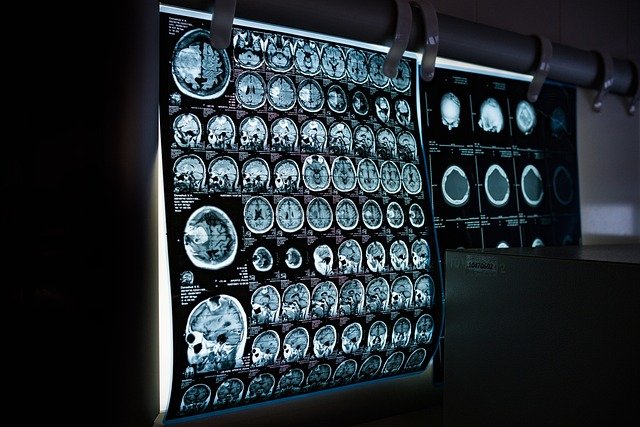Decoding the Language of Emojis in Modern Communication
Emojis have transcended the realm of mere digital symbols, evolving into a language of their own. They have permeated various facets of our lives, influencing the way we communicate, express emotions, and interpret messages. This article delves into the fascinating world of emojis, tracing their origins, examining their current usage, and exploring their sociological implications.
A Brief History of Emojis
Emojis, originally designed in Japan in the late 1990s, were a response to the need for a visual, emotional layer in the increasingly digital mode of communication. Shigetaka Kurita, a Japanese interface designer, created the first set of 176 emojis as a means to infuse emotion in the otherwise dry, text-based interactions. Over the years, emojis have evolved dramatically, expanding their repertoire to include a diverse range of symbols that cater to various cultures, lifestyles, and identities.
Emojis in Today’s Society
Fast forward to the present day, emojis have become a universal language, transcending linguistic and cultural barriers. They have become an integral part of our online conversations, be it casual chats, social media posts, or even professional emails. A smiley face or a thumbs-up emoji can convey emotions and sentiments that words might fail to express. Moreover, in a globalized world where conversations happen across different time zones and languages, emojis offer a convenient, universally understood means of communication.
Emojis: A Cultural Phenomenon
The rise of emojis is not merely a technological development; it’s a cultural phenomenon. Emojis have begun to shape the way we express our thoughts, emotions, and even our identities. They have created a new form of visual language that is influencing modern communication, culture, and society. Emojis are no longer mere tools of communication; they are shaping the narratives, influencing the discourse, and subtly defining the norms of digital communication.
Sociological Implications of Emojis
Emojis, in their own unique way, are contributing to societal change. They are diversifying the way we communicate, making conversations more inclusive and expressive. Emojis have the power to express solidarity, empathy, and support, and they play a crucial role in shaping social interactions and relationships in the digital age. They have also become a platform for representation and inclusivity, with the introduction of diverse skin tones, gender-neutral figures, and symbols representing different cultures and lifestyles.
Future of Emojis in Modern Communication
As we move further into the digital age, the role of emojis in our communication is expected to grow. Emojis will continue to evolve and diversify, reflecting societal changes and trends. They will play a crucial role in shaping the landscape of digital communication, making it more expressive, inclusive, and visually engaging.
In conclusion, emojis are more than just digital symbols. They are a language, a cultural phenomenon, and a sociological tool that is subtly shaping the way we communicate and interact in the digital age. As we continue to embrace this visual language, it’s essential to understand its implications and significance in our society.




